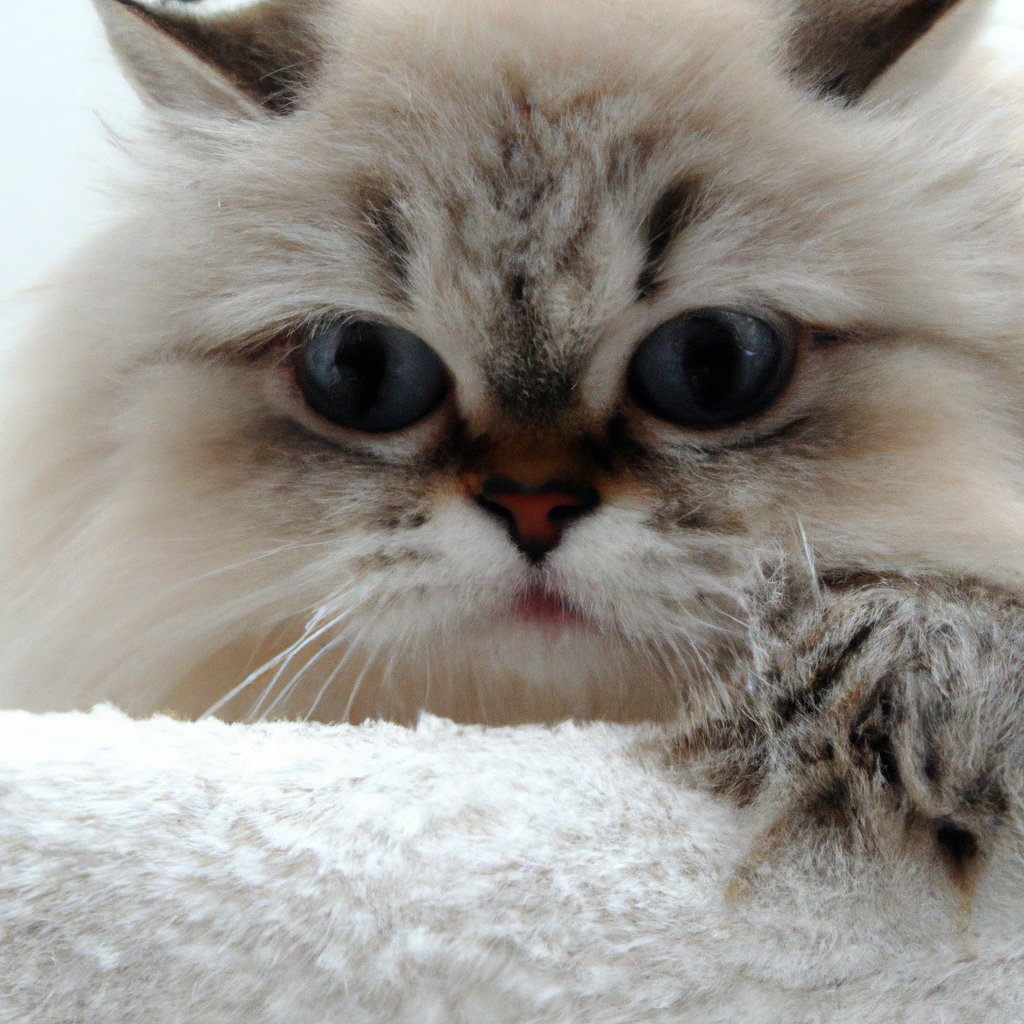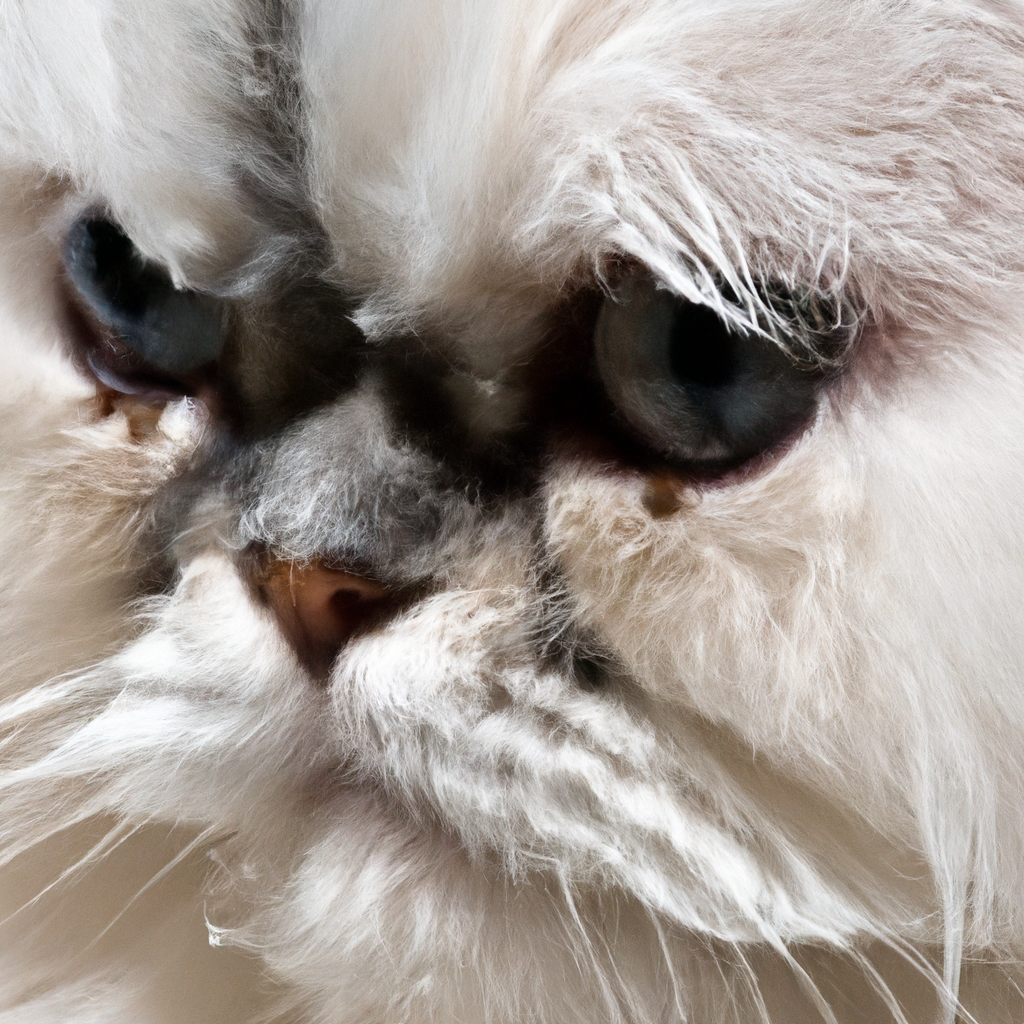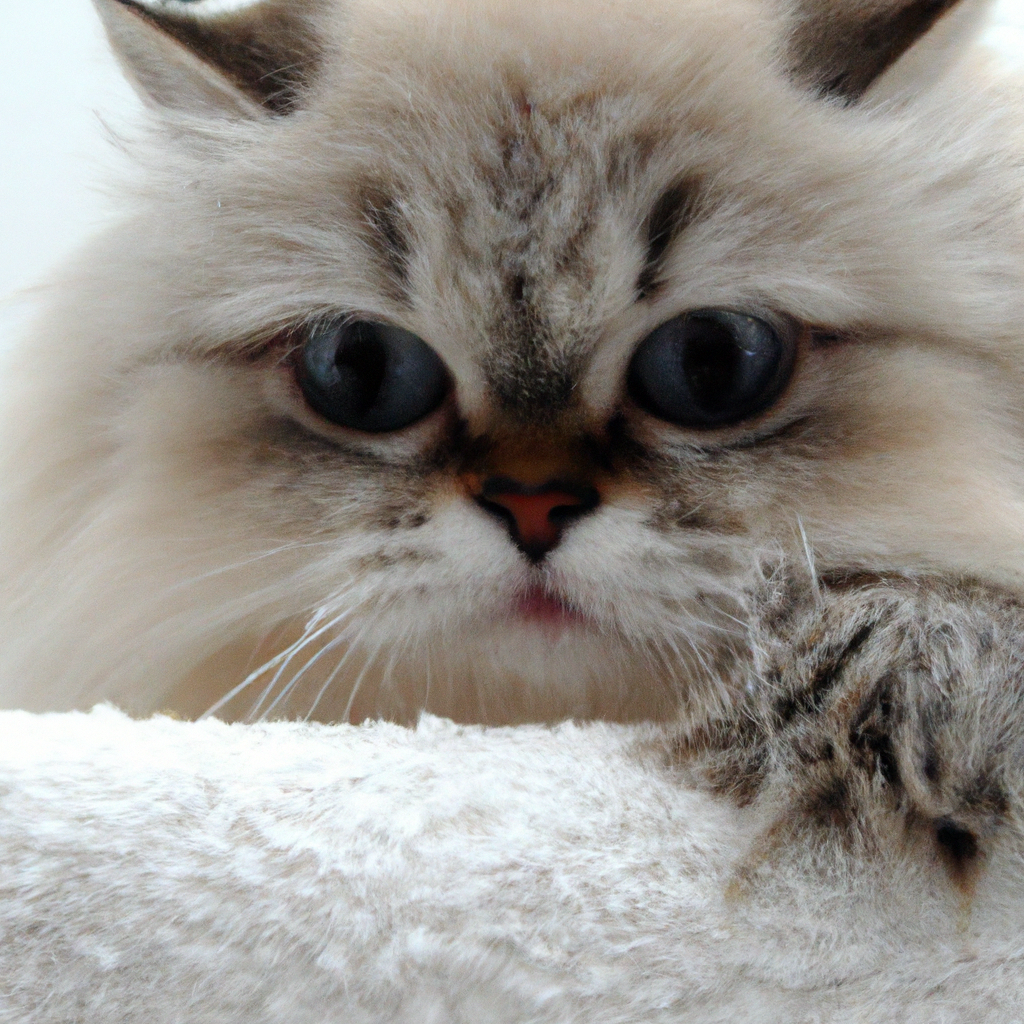If you’ve ever tried giving your Persian cat a bath, you know how challenging it can be. These majestic felines with their luxurious coats often have a reputation for hating water. But fret not, because with a few simple tips and tricks, you can turn bath time into a calm and relaxing experience for both you and your furry friend. In this article, we will explore some tried and tested strategies to make bath time less stressful and more enjoyable for your Persian cat. From introducing them to the concept gradually to using the right grooming products, we’ve got you covered. So, let’s get started on creating a peaceful spa-like experience for your beloved Persian cat.

Preparing for Bath Time
Bathing a Persian cat can be a challenging task, but with proper preparation, you can ensure a smooth and enjoyable experience for both you and your feline friend. Gathering the necessary supplies is the first step in this process. You will need a cat-friendly shampoo, a soft towel, and a brush or comb specifically designed for Persian cats’ long and silky fur.
Creating a comfortable bathing environment is crucial to help your cat feel at ease. Make sure the bathroom is warm and free from any distractions. You can also place a non-slip mat at the bottom of the sink or bathtub to provide stability for your cat.
Trimming your cat’s nails before the bath is advisable to prevent scratches or injuries. Use cat nail clippers and be cautious not to cut too close to the quick, which can cause pain and bleeding. If you’re unsure about trimming your cat’s nails, you can always seek the help of a professional groomer or veterinarian.
Introducing Your Persian Cat to Bathing
Persian cats are known for their dislike of water, so it’s essential to introduce them to the bathing process slowly and gradually. Start by acclimating your cat to water by placing them near a shallow bowl or sink filled with a small amount of water. Allow them to sniff and explore the water without any pressure.
Using positive reinforcement techniques can make the bathing experience more positive for your cat. Offer treats and praise whenever your cat shows even the slightest interest in the water. This will help in building positive associations with the bathing process.
Gradually increase the exposure to water over time. Once your cat feels comfortable near the water, you can start wetting their paws and gradually progress to wetting their entire body. Take it slow and pay attention to your cat’s body language. If they show signs of fear or stress, pause and give them a break before continuing.
Choosing the Right Shampoo
When it comes to selecting a shampoo for your Persian cat, it’s crucial to choose one that is gentle and specifically formulated for cats. Look for shampoos that are free from harsh chemicals and irritants, as these can cause skin allergies or irritations.
Hypoallergenic shampoos can be an excellent choice for Persian cats with sensitive skin. These shampoos are designed to minimize the risk of allergic reactions and are often fragrance-free. However, it’s always a good idea to consult with your veterinarian before trying a new shampoo, especially if your cat has any existing skin conditions.
Proper Bathing Techniques
Once you have gathered your supplies and chosen the right shampoo, it’s time to start the bathing process. Begin by wetting your cat’s fur thoroughly with warm water. Use a gentle stream of water or a cup to pour water over your cat, avoiding their face and ears.
Next, apply a small amount of shampoo to your hands and lather it gently into your cat’s fur. Be sure to massage the shampoo in a gentle circular motion, paying attention to their neck, chest, and underbelly. Be cautious not to get shampoo in their eyes, ears, or mouth.

Rinsing and Drying
Thoroughly rinsing off the shampoo is crucial to prevent any residue that may cause skin irritation. Use warm water and make sure to remove all traces of shampoo from your cat’s fur. Be patient and take your time to ensure that the fur is entirely clean.
After rinsing, gently pat dry your cat with a soft towel. Avoid vigorously rubbing the fur, as it can lead to matting or tangling. Persian cats’ fur takes longer to dry due to its thickness, so be prepared for a longer drying time compared to other cat breeds.
Avoid using blow dryers on your cat, as the noise and heat can cause anxiety and discomfort. Instead, allow your cat to air dry in a warm and quiet space. Make sure they have access to a cozy bed or blanket where they can relax and dry off at their own pace.
Addressing Fear and Anxiety
It’s common for Persian cats to experience fear and anxiety during bath time. Recognizing the signs of fear or stress is essential to ensure their well-being. Some common signs include dilated pupils, flattened ears, hissing, growling, or attempting to escape.
Implementing calming techniques can help alleviate your cat’s anxiety. Consider playing soft music or using a plug-in pheromone diffuser, which releases calming scents that can help create a relaxed atmosphere. Additionally, giving your cat treats or using calming sprays specifically designed for cats can also help soothe their nerves.
If your cat’s fear and anxiety persist despite your efforts, it may be advisable to seek professional help. A professional groomer or a veterinarian experienced in handling anxious cats can provide additional support and guidance to make the bathing experience more manageable for both you and your cat.
Preventing Ear Infections
It’s crucial to take precautions to prevent ear infections during bath time. Persian cats are prone to ear infections due to their long and dense fur, which can trap moisture and bacteria. To keep water out of your cat’s ears, place a cotton ball gently in each ear before bathing. Ensure the cotton balls are inserted loosely to allow for easy removal afterward.
After bathing, be sure to dry your cat’s ears gently using a soft towel. Avoid using cotton swabs or inserting anything into their ear canal, as this can cause injury or push debris further into the ear. If your cat is prone to ear infections, consult with your veterinarian about the use of ear cleaning solutions specifically formulated for cats.
Maintaining a Regular Bathing Schedule
Determining the appropriate frequency for bathing your Persian cat can vary depending on their individual needs. While some cats may require more frequent baths due to their propensity for matting or excessive shedding, others may only need occasional baths.
Observing your cat’s coat condition and monitoring for any signs of dirt or odors can help you determine when it’s time for a bath. It’s important to strike a balance between maintaining cleanliness and preserving your cat’s natural oils, which are essential for a healthy coat.
Consider your cat’s preferences as well when establishing a bathing routine. Some Persian cats may tolerate baths more than others, so it’s essential to respect their comfort levels. Gradually adjust the bathing routine as needed to find a schedule that works best for both you and your cat.
Post-Bath Care and Pampering
After bathing, take some extra time to care for your cat’s freshly cleaned fur. Brushing your cat’s fur with a comb or brush specifically designed for Persian cats can help prevent matting and tangles. Be gentle and patient while brushing, particularly in areas prone to matting, such as the armpits and behind the ears.
Offer treats or rewards to your cat after bathing as a way to create positive associations with the experience. This can help your cat associate bath time with something enjoyable and may reduce their anxiety or resistance in the future.
Provide a cozy and relaxing space for your cat to unwind after bathing. A comfortable bed or a warm blanket in a quiet area of your home can help them decompress and enjoy some well-deserved relaxation time.
Troubleshooting Common Challenges
Dealing with excessive shedding can be a common challenge for Persian cat owners. To minimize shedding, regularly brush your cat’s fur to remove loose hairs and prevent matting. Consider using grooming tools such as shedding combs or deshedding gloves to help manage the amount of fur your cat sheds.
For cats that strongly dislike water, it may be necessary to explore alternative bathing methods, such as dry shampoos specifically formulated for cats. These products can help remove dirt and oils from your cat’s fur without the need for water.
If your cat exhibits water avoidance behaviors, such as hiding or escaping during bath time, try implementing positive reinforcement techniques. Gradually associate water-related activities, such as playing with a small amount of water, with positive experiences, rewards, and treats. Patience and consistency are key when attempting to modify your cat’s behavior.
By following these tips and techniques, you can make bath time a calm and relaxing experience for your Persian cat. Remember to prioritize their comfort and well-being throughout the process, and seek professional help if needed. With patience and care, you can maintain a clean and healthy coat for your beloved Persian cat.
